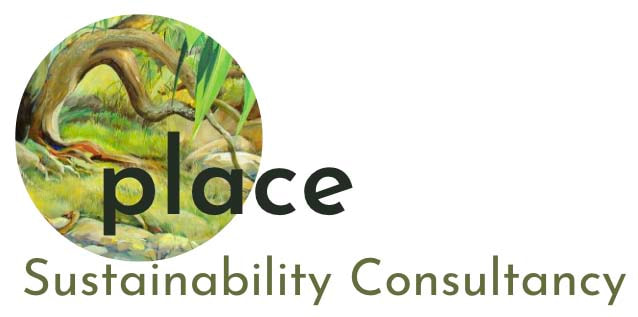Children: Tamariki
Children and young people sit at the heart of our care for the environment. For many of us, our passion for our young people drives our commitment to work for change. But children are not just the future. They are central to who we are here and now. As we write environmental policy and set environmental plans, let's hear the voices of children. Let's privilege the voices of our young people.
Carolyn Hackman, University of Bath
Resources for children
|
Nature Playgroups
A model for connecting young children to natural environments, no matter the weather. A resource HERE Video: The Peace of Wild Things by Wendell Berry, animated.
|
|
Excellent websites:
Climate Kids: a Nasa website. Provides climate-based information, games and activities for children. Link HERE.
National Geographic Kids website with resources and games for children. Link HERE for the "How to save the planet" Kids' Guide.
Climate Kids: a Nasa website. Provides climate-based information, games and activities for children. Link HERE.
National Geographic Kids website with resources and games for children. Link HERE for the "How to save the planet" Kids' Guide.
Intergenerational Inequality: Comment by Bronwyn Hayward
Personally, I find the way we leave the heavy burden of calling governments to account to children – even children as brave and serious as school strikers – as pretty outrageous. Many young people feel increasingly anxious about the future yet the world expects them to do the work of pressuring governments to act. That isn’t sustainable or fair.
Given the intergenerational inequality children, especially Indigenous and Pacific children, already face and will continue to face in a chaotic climate of increasing storms, sea-level rise, longer droughts, new diseases and wildfires, governments have to step up to monitor their own action.
We have created a serious climate inequity burden for children and future generations. Our youngest citizens face the physical impacts and the financial costs of our failure to act. It will be hard to convince New Zealanders our cheap old cars come at a huge cost to our children’s future or that reducing methane from agriculture really makes a difference, but this is the least of what we owe the children of New Zealand. Our government has started to clean up its own house by pledging to get the public service to net carbon zero by 2025. This is an important step, but five years after Paris it’s also time to get the whole country moving. We all need to start taking serious action. Now.
The Spinoff, 14 December 2020. View here
Personally, I find the way we leave the heavy burden of calling governments to account to children – even children as brave and serious as school strikers – as pretty outrageous. Many young people feel increasingly anxious about the future yet the world expects them to do the work of pressuring governments to act. That isn’t sustainable or fair.
Given the intergenerational inequality children, especially Indigenous and Pacific children, already face and will continue to face in a chaotic climate of increasing storms, sea-level rise, longer droughts, new diseases and wildfires, governments have to step up to monitor their own action.
We have created a serious climate inequity burden for children and future generations. Our youngest citizens face the physical impacts and the financial costs of our failure to act. It will be hard to convince New Zealanders our cheap old cars come at a huge cost to our children’s future or that reducing methane from agriculture really makes a difference, but this is the least of what we owe the children of New Zealand. Our government has started to clean up its own house by pledging to get the public service to net carbon zero by 2025. This is an important step, but five years after Paris it’s also time to get the whole country moving. We all need to start taking serious action. Now.
The Spinoff, 14 December 2020. View here

